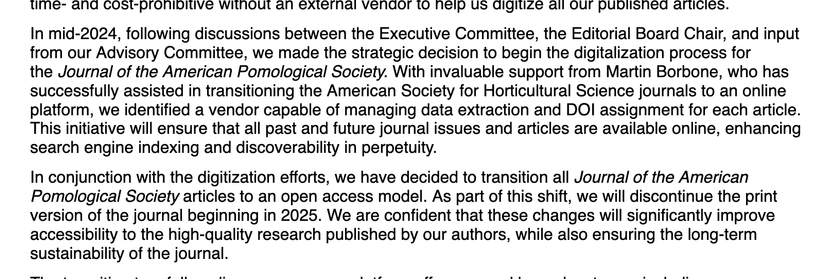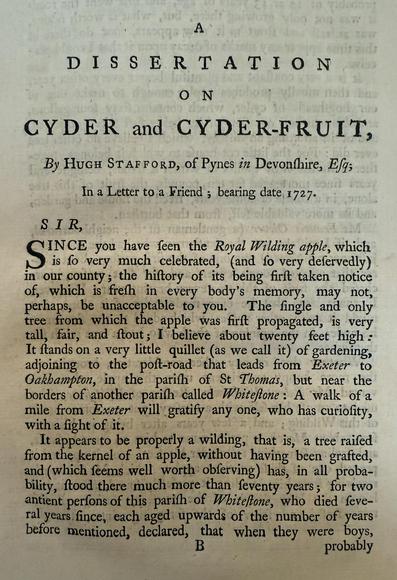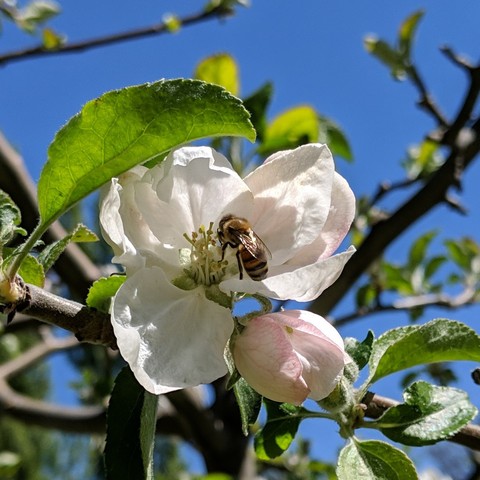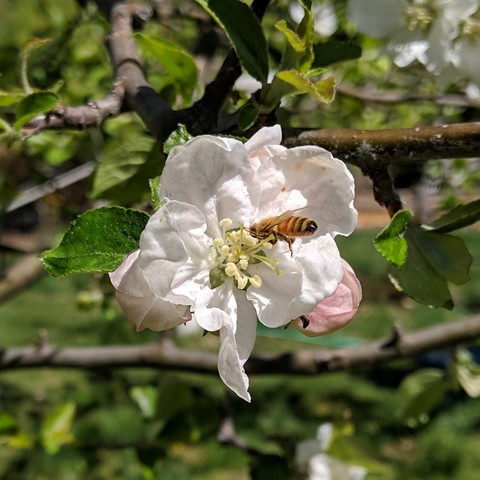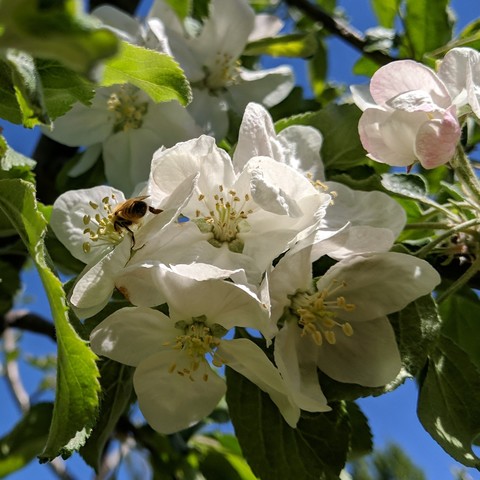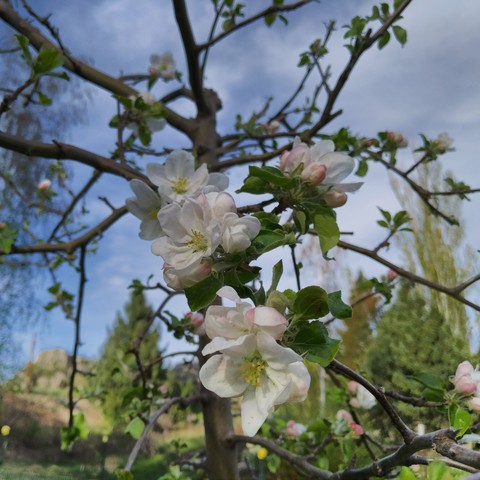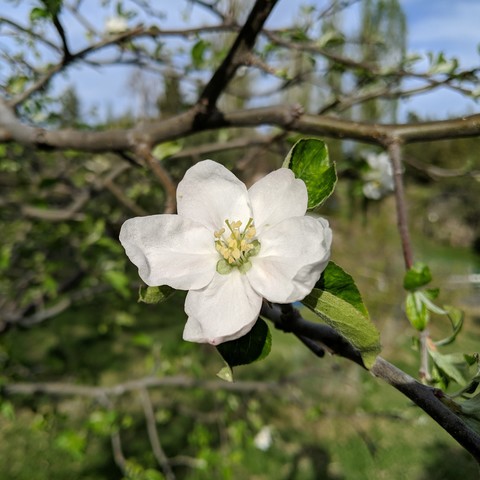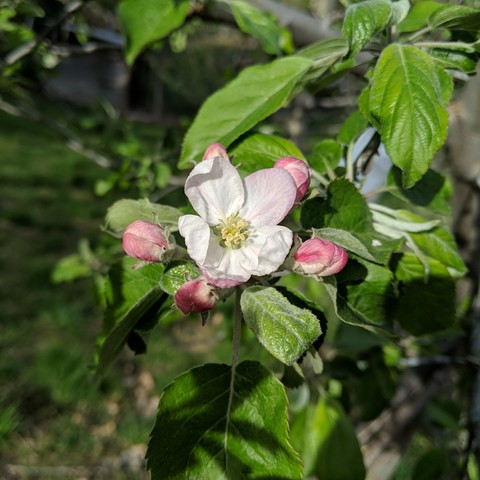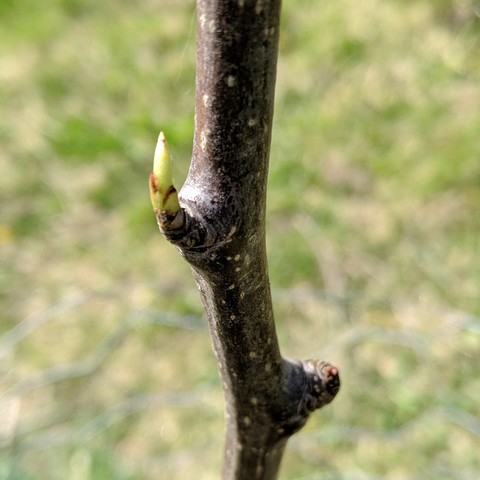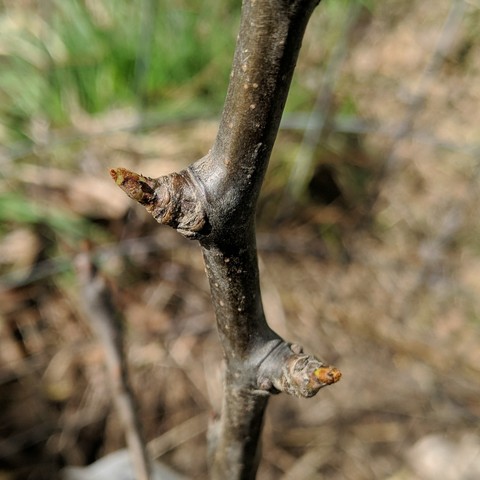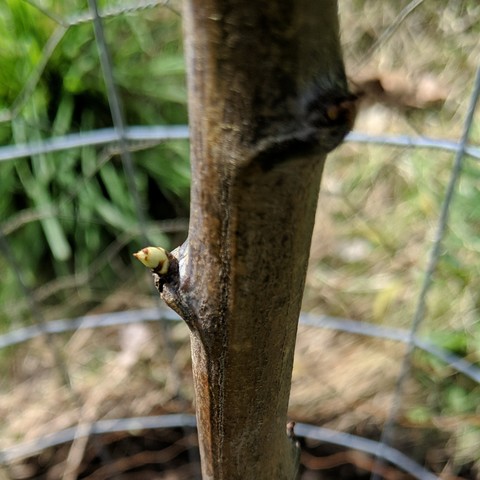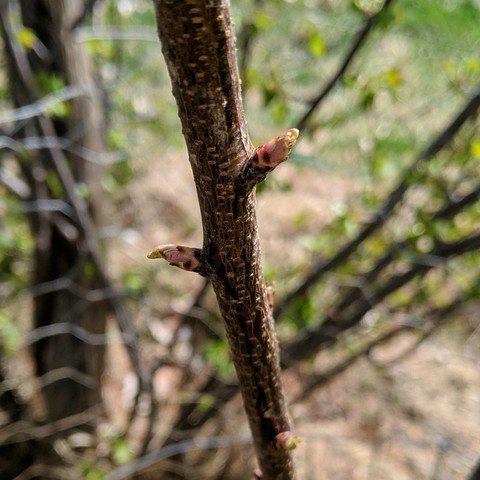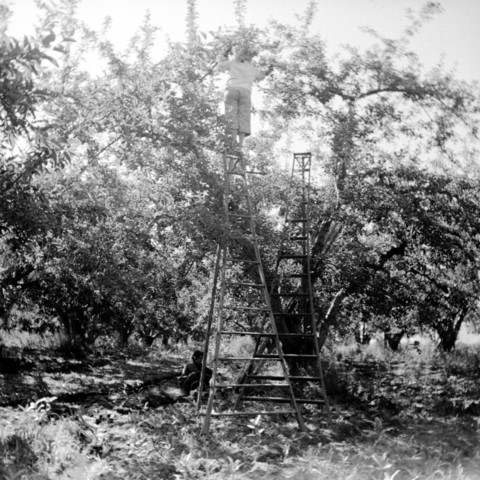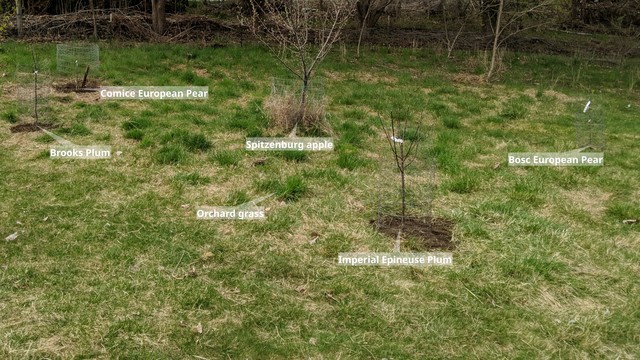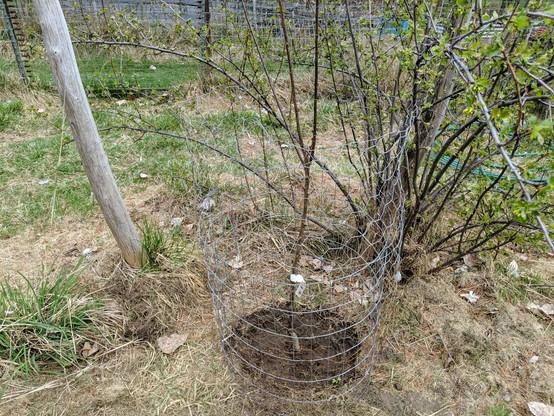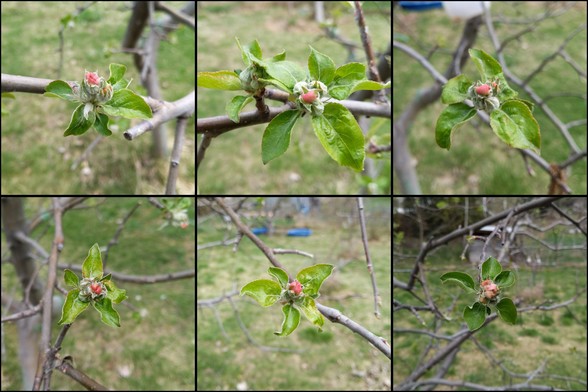The American Pomological Society is finally digitizing more of its journals.
"The new website for the Journal of the American Pomological Society (https://journal.americanpomological.org) is now live and ready to accept manuscript submissions for review."
#FruitToot #HorticulturalScience #Pomology #Botany @plantscience @academicchatter
The Royal Wilding Cider Apple and its history
Hugh Stafford the C17th writes in the book “Treatise of Cyder-making” 1st ed 1753 part of a “letter to a friend” which emphasises the “Royal Wilding apple” which came from a “single tree,” which “stands on a very little quillet… adjoining to the port-road that leads from Exeter to Oakhampton.” According to Stafford, the fruit was discovered by Mr Robert Woolcombe, Rector of Whitestone, who was so pleased with the apple he “talked of it in all conversations.” Stafford agrees “whatever fruit there may be in nature,… I have never tasted any cyder equal to it.” Despite this early praise the apple fell out of favour and ceased to be found in England. The last formal accounts of it being in the 19th century. Recently Derek Holman of Wolds End Orchard contacted me and we sent him some Royal Wilding scion wood back to England and Royal Wilding is now for sale at Bernwode Fruit Trees. Derek picked up the story “, It was rediscovered by us in New Zealand and reintroduced in 2007. It is among a list of cider varieties grown by Dr Trevor Fitzjohn, a British radiologist who emigrated to New Zealand in 1986. He collected cider varieties locally and is now producing cider as a hobby, in increasing quantities. He acquired several varieties from an Englishman in New Zealand, who had taken cider varieties out in the 1960s. Trevor Fitzjohn’s list was sent to us by Linda Blenkinship, of the National Orchard Forum, and we noticed that two of the varieties were no longer known to exist in Britain - Knotted Kernel and Royal Wilding. Trevor Fitzjohn kindly sent scions to us in 2006 and several trees were grafted here. There was another Royal Wilding known in Herefordshire and incorporated in the Herefordshire Pomona and Hogg’s Fruit Manual, which took some of the history of the Devonshire Royal Wilding, but merged it with the description of a clearly different apple. They had not encountered the real and original Royal Wilding. ….Trees were planted widely in the area, and a few might still exist, now anonymous. St Thomas and Whitestone are now within the urban sprawl of Exeter. …..The fruit from our young trees have confirmed its authenticity. …”. link here Interestingly now in the era of genetic testing, Professor Keith Edwards, of Bristol University, has recently been busy taking DNA samples from hundreds of trees in Sanford Orchards in Devon in the hope of finding old cider varieties such as Royal Wilding as noted in James Crowden’s book Cider Country. Link here
Economic and Social Impact of Huanglongbing on the Mexico Citrus Industry: A Review and Future Perspectives
(… note the story is pretty much the same in the US and this threat against citrus is global)
https://www.mdpi.com/2311-7524/10/5/481
#food #fruit #citrus #environment #agriculture #pomology #disease
Economic and Social Impact of Huanglongbing on the Mexico Citrus Industry: A Review and Future Perspectives
The citrus industry is of great importance in Mexico, with an estimated production value of USD 2.4 billion and the potential to generate up to 28 million employees per year. Approximately 69,000 Mexican families depend on this sector. However, it is under serious threat from the disease known as Huanglongbing (HLB). The rapid spread of this disease has caused significant economic losses, impacted the livelihoods of citrus growers, and led to substantial job losses. Currently, HLB is not under control in Mexico, and as the management strategies applied have proven to be ineffective, yields have not been recovered to pre-HLB levels, and production costs have significantly increased. Therefore, it remains the most destructive citrus disease. This review paper describes the current situation of the disease, its economic and social impact, and the measures adopted for its management in Mexico. Future perspectives highlight advances in research based on new biotechnological tools as an eco-friendly management alternative. Practical suggestions to address HLB are also mentioned in our analysis.
Bees on the apple tree blossoms.
#BloomScrollingWithBee #bees #FlowerWithBee #orchard #gardening #pomology
Gravenstein apples are blooming and a few Jonathan blossoms are open too.
#gardening #orchard #pomology #FruitTrees #AppleTrees #apples #flowers
Bosc pear, Comice pear, Brooks plum, and Harcot apricot 7 days after being woken up from their winter sleep.
#gardening #orchard #pomology #PlumTree #ApricotTree #PearTree #FruitTrees
@JimmyB Yep, the big trees took big ladders here.
All 5 trees planted today.
Apricot with a closeup of the chicken wire around the fence hoop to keep geese heads out.
Everything about 12-15ft spaced from others but I maintained my alignment sort of with half spaced diagonal between the apples that were almost 20 ft apart. They're all semi-dwarf except the Brooks plum is a dwarf. Some are "larger size" but I'm not sure if that's just the delivered tree, or the larger side of semi-dwarf.
Gravenstein apples 'first pink' stage. Weather looks ok but it's kind of early by a week or two.
